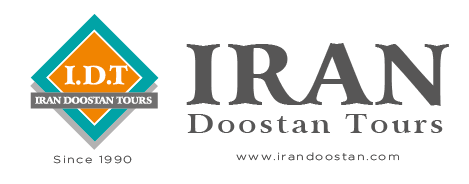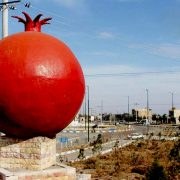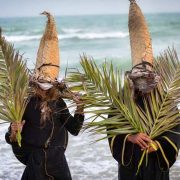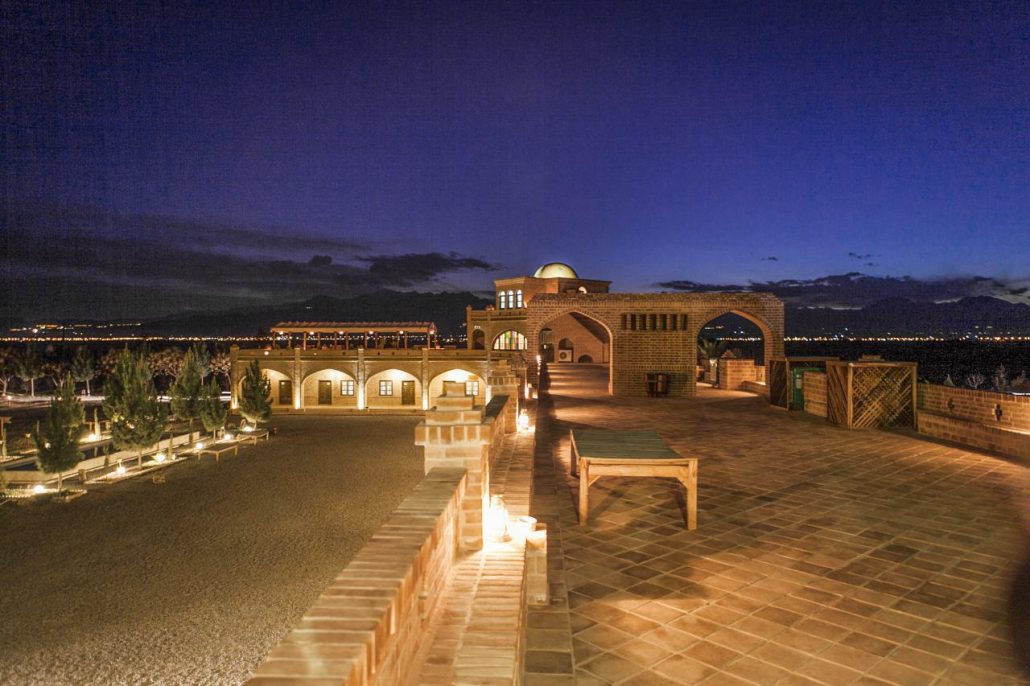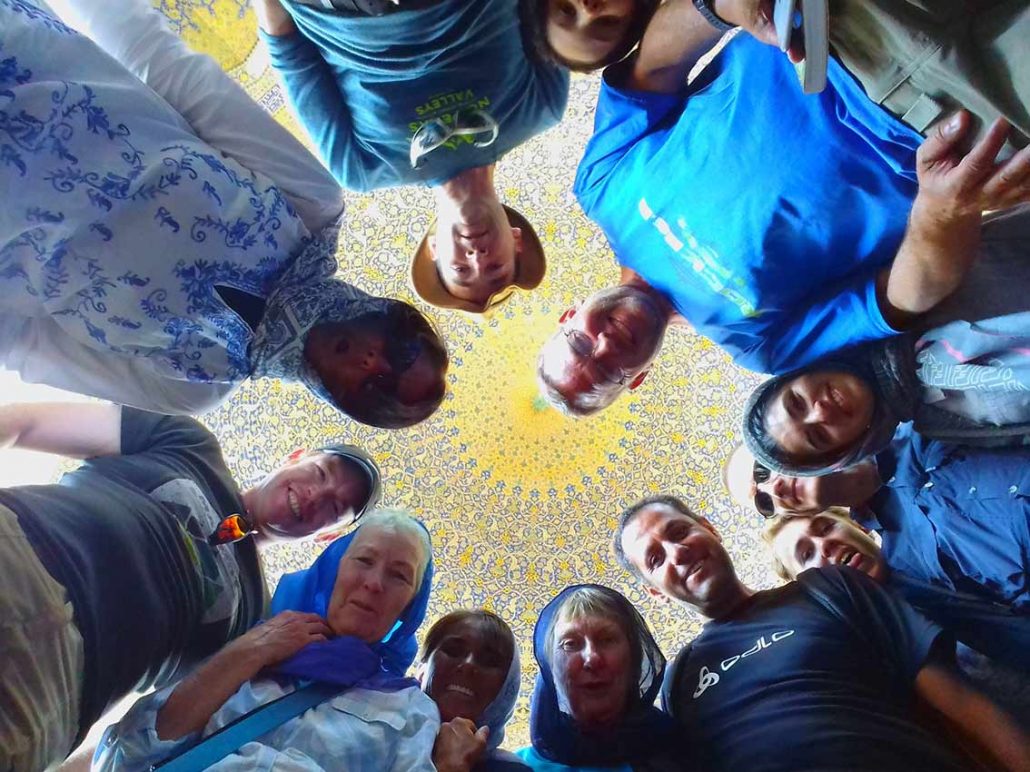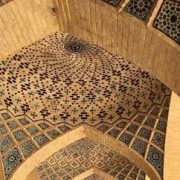If you are searching for Iran tours, trusting Iran Doostan Tours Co. will offer you the privilege of working with one of the most experienced Iranian travel agencies and also the leader of the incoming tourism market in Iran.
As an ancient land, Iran has embraced numerous cultural attractions and amazing natural landscapes that have the potential to provide a life-long travel experience for you. All you would need for planning your travel to Iran is relying on a professional tour operator in Iran.
We are proud to offer a diversity of Iran travel packages including cultural tours, adventure tours, medical tours, religious tours, and safari tours to Iran is available at IDT. If none of the mentioned above are your choice, tailor-made tours to Iran will be planned for you.
IDT tours are available at various prices and quality including cheap Iran tours and luxury tours, which provide a greater range of options for partners and tourists to decide.
Iran Doostan Tours Co. is the most trustworthy Iranian travel agency you could rely on 100% to experience the most amazing holiday you could ever imagine. The positive feedback we receive after operating a tour is concrete evidence of our dear tourists’ satisfaction. It might also be interesting to note that IDT has been elected as the best Iranian tour operator 8th times during the past three decades of experience in incoming tours to Iran!
As a tour operator and travel agency in Iran, we provide all travel services including itineraries, Iran visa, tour guides, transportation, accommodation, and whatever our tourists may need while traveling to Iran. So, you would have nothing to worry about.
If you are looking for more information on details of our tours, Iran visa process, or starting a partnership, please do not hesitate to get in touch right now via info@idt.ir. We will be back with you soon.
Posts
Iran; Power to her People!
“You are going where?!?” “Are you crazy?” “Why would want to go there?” “Is it safe?” “Iran – are you joking?” “Don’t you need to be fully covered up as a woman?”
Classic questions I got when I proudly told people I was going to Iran. Strangely very few people said:
“Aren’t you lucky?” “The people are absolutely lovely” “Oh I’ve always wanted to go there” “How wonderful to wear colourful tunics and a headscarf on holiday!
For me, Iran had been a distant dream for my whole life. As a child, I ordered biryani in a local Indian restaurant and was proudly told “Good choice. However, biryani isn’t traditionally Indian but more of a wedding dish from Ancient Persia.” From that moment I was hooked. Where was Ancient Persia? To me, it conjured up childhood images of flying carpets, tempting food, amazing architecture, snow-capped mountains, colorful gardens and beautiful people wearing exotic clothes! They may have been childhood images – but the reality is – this is Iran today. The good news is all of the above including every delicious meal is included in the holiday but flying carpets are an optional extra!
I was joining KE’s first departure to Mount Damavand and the Pearls of Persia and thankfully I didn’t have to choose whether I preferred to trek in the Albroz Mountains, climb Mount Damavand, explore Shiraz, Persepolis, and Isfahan or spend the night at a desert EcoResort, because we’ve cleverly included everything in a fantastic two week adventure.
I always find the true beauty of group travel is the people you meet along the way and luckily I was travelling with a group of fellow experienced travelers who were all open-minded and easygoing plus more than ready and waiting to welcome what surprises Iran may have in store. Yes, we were all wildly excited about climbing Damavand and seeing Iran’s incredible cities, but mostly we were curious about the people. The first time we heard “Where are you from?” we said “Denmark, Scotland, England and America!” Due to the negative publicity Iran receives from the U.K and U.S we thought we should play is safe by listing each nationality in a “low-risk” order. We quickly received a warm “welcome to Iran” before been “kidnapped” for a selfie…the first of many.
It is impossible to put into a few words the hospitality we received in Iran. I lost count the number of times I sat in a Persian garden and within seconds was surrounded by wonderful families and their polite children asking for photos. Or the 11 year-old Chess Grand Master who asked if she could join me because she was wearing a blue decorated headscarf and I was too. The charming young Iranian boys in the Albroz Mountains climbing Alam Kuh who sneakily gave us ladies sweets without the guys knowing. The smiling waiter who delivered complimentary Turkish coffee because I asked “How do you prepare it?” Or the charismatic cleric who granted us a “questions and answer” session on Islam after handing round sweets. However one of my favorite “people” moments was the wonderful elderly man in Isfahan who despite my strong Yorkshire accent proudly announced “how lovely you speak the Queen’s English.”
I’ve never traveled to a country where with each moment I thought… this just cannot get any better. Every day was pure Persian magical, from the excitement on looking across to Damavand whilst standing on the summit of Lashgarak to the sunny panorama from the top of Alam Kuh, Iran’s second highest peak. I’ll never forget the sheer determination needed to trek to the top of Damavand or the feeling of achievement when we proudly stood at 5671m with our token Iranian flag. The sheer size of UNESCO Persepolis and her amazing architecture blew us all away and that was after a couple of the group bravely read Persian poetry out loud in Shiraz. Isfahan charmed us with her bridges, beautiful mosques and overwhelming main-square before we watched the sunset from our EcoCamp in the desert.
Iran gets under your skin because of the welcoming people and for any ladies who feel “you need to be fully clothed” The “hijab” or simple headscarf is a colourful part of Iranian culture and you can’t help feeling like “one of the girls” when it’s teamed with a colourful tunic, large sunglasses, trousers or jeans and a pair of sandals! Life in the mountains whilst trekking is more relaxed so KE’s itinerary offers the perfect way to go from high-altitude hiking clothes to a spot of city chic!
Will I return to Iran? Without a doubt as the country and its friendly population offers the warmest welcome on the planet. Plus it’s not every day a Yorkshire lass is told she speaks like royalty!
Lisa Spratling is a Product Manager for KE Adventure Travel, a UK samll group tour operator who offer the 15 day trekking holiday Mount Damavand and the Pearls of Persia
“Originally published on https://www.keadventure.com/blog/item/346-iran-power-to-her-people.”
Which Countries Celebrate Nowruz?
Nowruz is the first day of spring and the beginning of the new year in a huge geographical area including the Black Sea region, central and western Asia. Persian New Year was originally determined by astronomical calculations and it marks March 21. In 2009 this amazing cultural ritual was registered on the list of the Intangible Cultural Heritage of Humanity by the United Nations Educational, Scientific, and Cultural Organization (UNESCO) as the new year celebrated by seven countries Azerbaijan, India, Iran, Kyrgyzstan, Pakistan, Turkey, and Uzbekistan.

Haftsin tabletop setting is among the most prominent rituals of Nowruz in Iran.
On November 30, 2016, during the 11th session of the Intergovernmental Committee for the Safeguarding of the Intangible Cultural Heritage, in Ethiopia, five more countries were added to the list of the multinational cases of Nowruz making it a total of twelve internationality that celebrate their New Year on the spring equinox every year.
Nowruz celebration is observed by Iran, Albania, Afghanistan, Azerbaijan, China (by Turkic peoples and Tajiks), Georgia, India (by Parsis), Iraq (by Kurds and Turkmens), Kazakhstan, Kyrgyzstan, Pakistan, Russia, Syria (by Kurds), Tajikistan, Turkey, Turkmenistan, and Uzbekistan.
There are many rites, local traditions, and games that go with this festival and they vary in every region. It has been more than 3000 years that people are celebrating Nowruz. Nowruz meaning new day represents reconciliation, friendship, and peace among all people and communities.
If you’re interested in learning more about this fascinating Persian festival, here’s a video to provide you with full information about Nowruz and its unique traditions. Learn how to set Haft Seen table and learn what each of the seven elements means in this tradition and celebrate the Persian New Year.
Are you planning to travel to Iran? Check out our Iran tours.
Abyaneh Village, Red Village of Iran: History, Photos & more
Abyaneh is a historic village in Isfahan province of Iran close to Kashan and Natanz. The village is in a long and narrow valley on the foot of Karkas Mountains, 70 kilometers southeast of Kashan. From the main road of Natanz-Kashan, there is a winding road that goes 22km deep into the mountains, passes several villages, and reaches to a valley with a historic village sitting in it. Houses in Abyaneh have a reddish color that comes from the soil around the village containing iron oxides.
The alleys are narrow with mud brick houses on both sides with beautiful lattice windows and small balconies looking over the alley.
Similar to other mountainous villages of Iran, Masouleh or Uraman Takht, Abyaneh has stepped structure with the roof of each house being the courtyard of the one above it.
How old is Abyaneh?
There is no evidence to indicate the exact date of the village but historians know that it has been around since Sassanid dynasty (700 AD) for sure. The houses sit on the mountain slope facing east to receive the maximum sunlight and they are from Sassanid, Seljuks, Safavid, and Qajar eras.
Karkas Mountains and its surroundings were the hunting area for Safavid kings and Abyaneh was the destination for their summer vacation. Abyaneh’s high elevation (2222m) causes cool summer and very cold winter days.
Because of its mountainous setting, Abyaneh stayed isolated for many years and people’s customs and language is untouched and preserved. In Abyaneh people speak Farsi with a special dialect belonging to the village only. They still use some words from the Parthian era (247 BC – 224 AD).
Men wear a very loose pair of pants and the women’s traditional costume consists of a long colorful dress, along with a special pair of pants, and a white long scarf with colorful floral design named Charghad.
Besides the charismatic beauty of the village, there are historic monuments as well. There is a Zoroastrian fire temple dating back to the Sassanid period, three castles, a pilgrimage site, and two mosques. The most famous monument of Abyaneh is an 11th-century Jameh Mosque, with an ancient Mihrab made of walnut-wood covered with carvings of calligraphy and floral designs. The Jameh Mosque is closed and cannot be visited because of its very long and valuable history.
Are you planning to travel to Iran? Check out our Iran tours.
